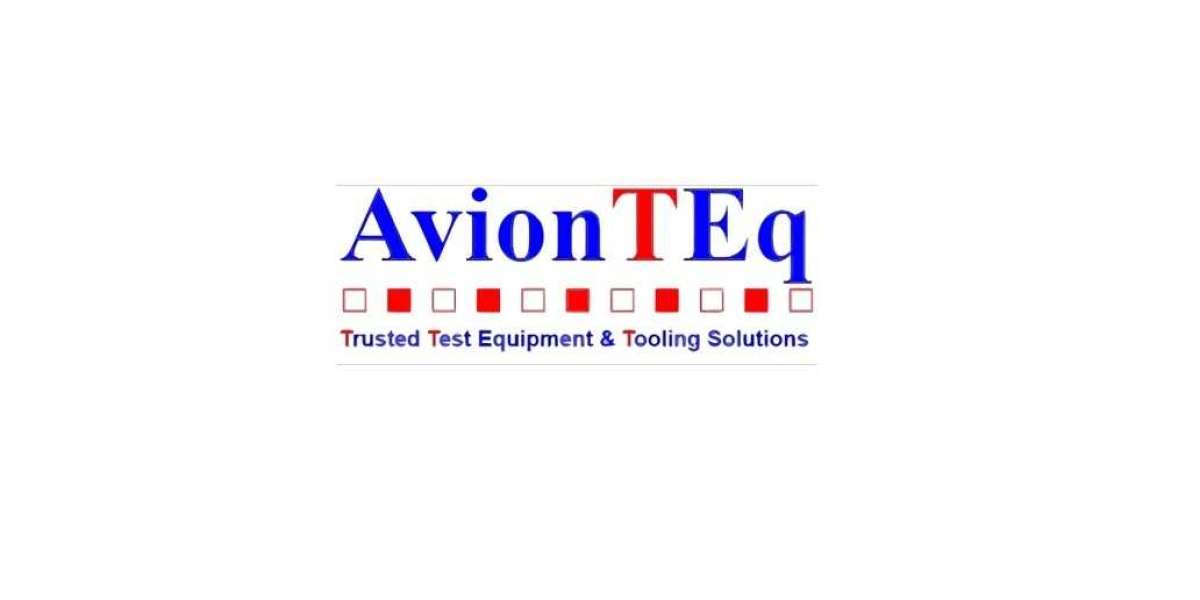Pitot-static test adapters are essential tools used in the aviation industry to test and calibrate the pitot-static systems of aircraft. These systems play a crucial role in providing accurate airspeed, altitude, and vertical speed readings, which are vital for safe and efficient flight operations.
Purpose and Importance
The primary purpose of pitot-static test adapters is to ensure the integrity and accuracy of an aircraft's pitot-static system. This system consists of pitot tubes, which measure dynamic pressure, and static ports, which measure static pressure. The data from these sensors is used by flight instruments such as the airspeed indicator, altimeter, and vertical speed indicator.
Accurate readings from these instruments are critical for safe flight. Errors in the pitot-static system can lead to incorrect instrument readings, potentially resulting in hazardous situations. For instance, incorrect airspeed readings can affect takeoff, landing, and in-flight maneuvers, while erroneous altitude readings can compromise altitude separation between aircraft, increasing the risk of mid-air collisions.
Components and Functionality
Pitot-static test adapters are typically composed of various components designed to interface with the pitot tubes and static ports of an aircraft. The primary components include:
Pitot Adapter: Connects to the pitot tube and simulates air pressure conditions. This allows for the calibration of airspeed indicators.
Static Adapter: Attaches to the static ports and simulates atmospheric pressure. This enables the testing and calibration of the altimeter and vertical speed indicator.
Pressure Source and Control Unit: Provides a controlled source of pressure or vacuum, simulating different flight conditions for accurate testing.
Manometers and Pressure Gauges: Measure the applied pressures and ensure they are within the required tolerances for calibration purposes.
Testing Process
The testing process using pitot-static test adapters involves several steps:
Setup: The Pitot static test adapters are connected to the aircraft's pitot tubes and static ports.
Calibration: The pressure source and control unit simulate various flight conditions, such as different airspeeds and altitudes.
Measurement: Manometers and pressure gauges measure the response of the aircraft's instruments.
Adjustment: If discrepancies are found between the simulated conditions and the instrument readings, adjustments are made to the instruments to correct the errors.







